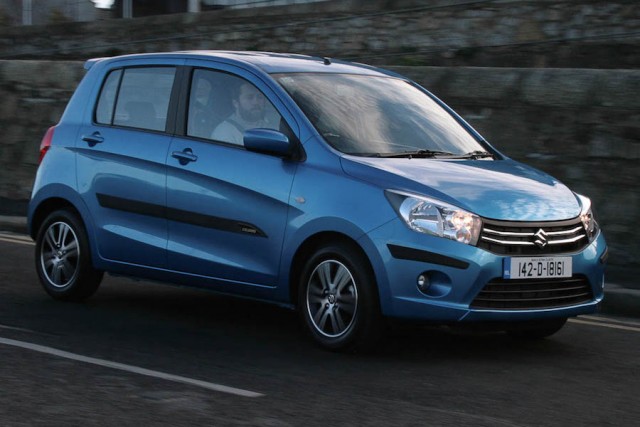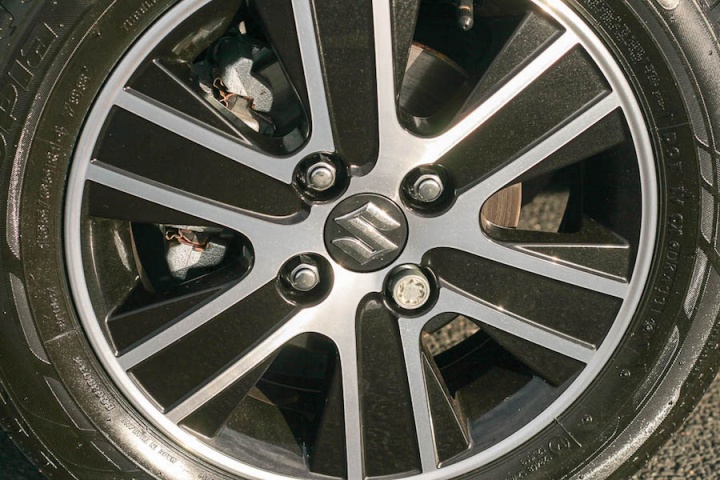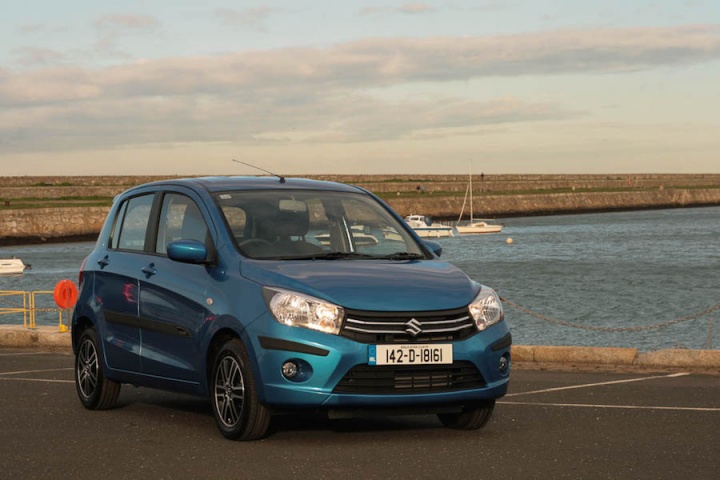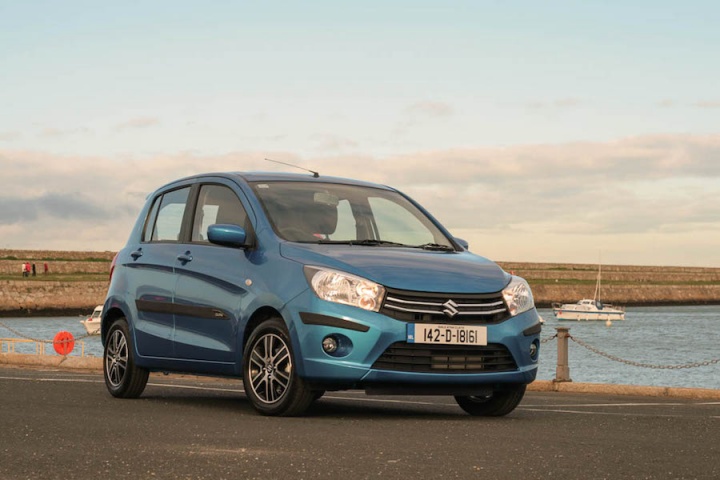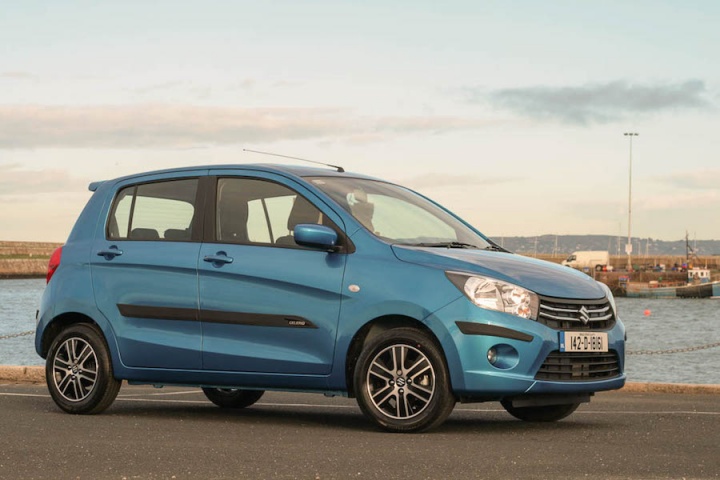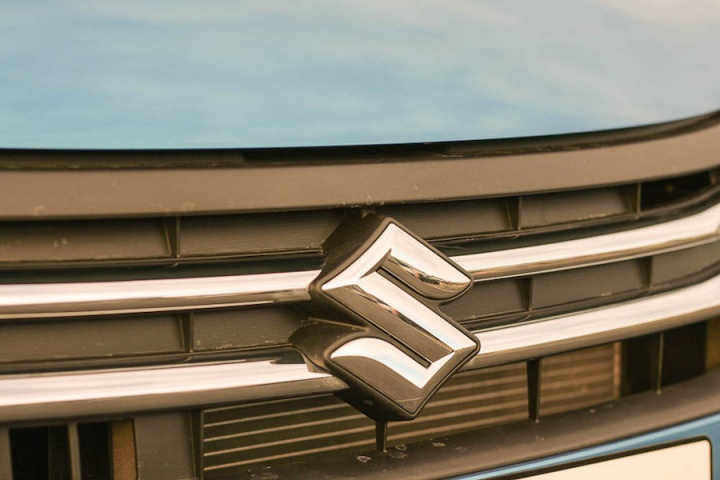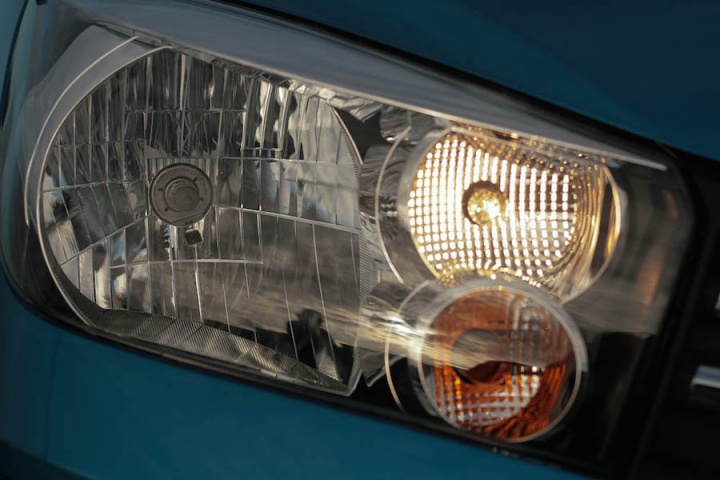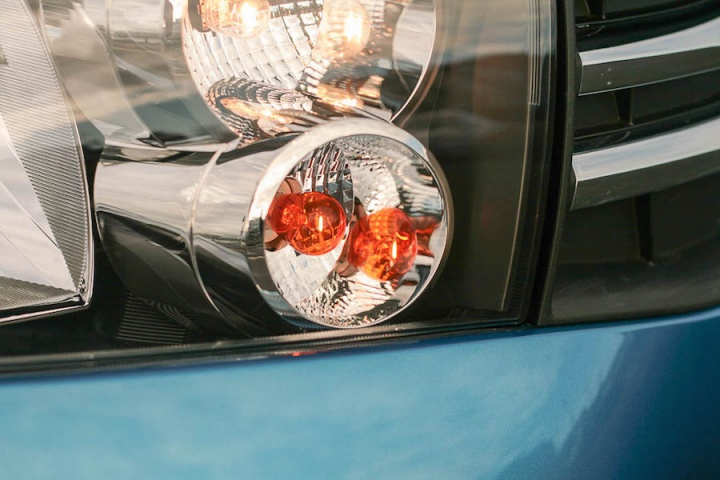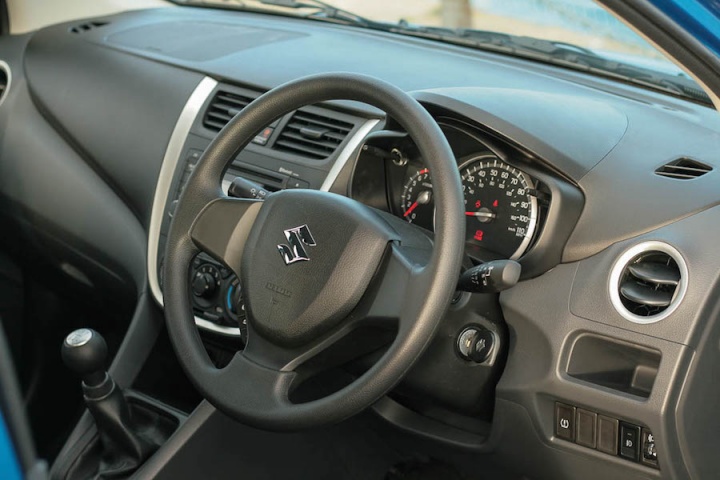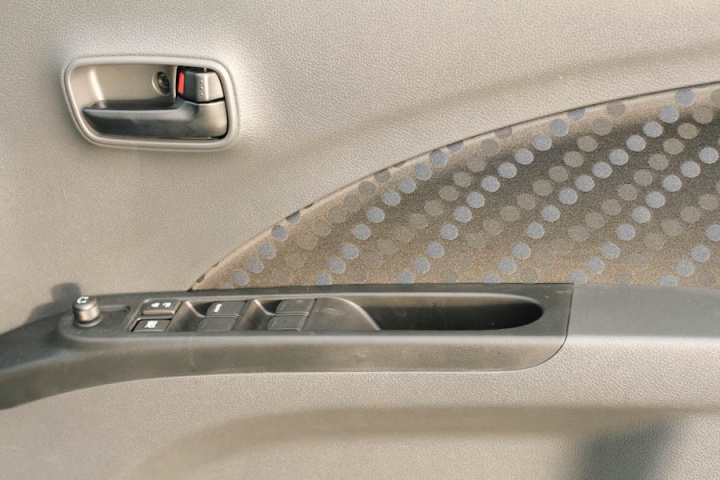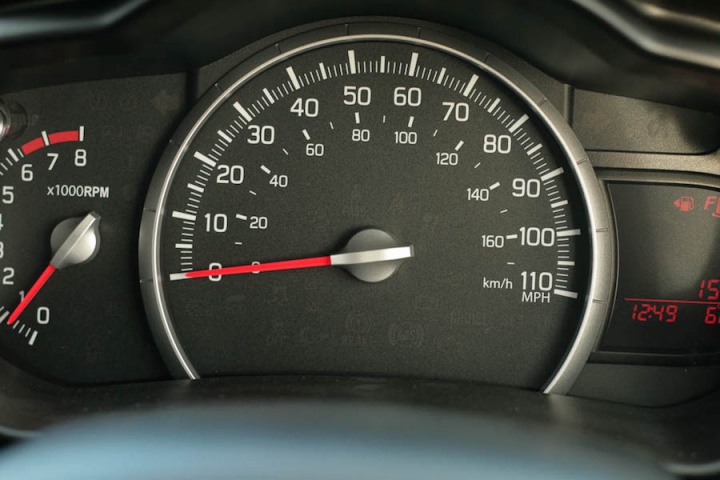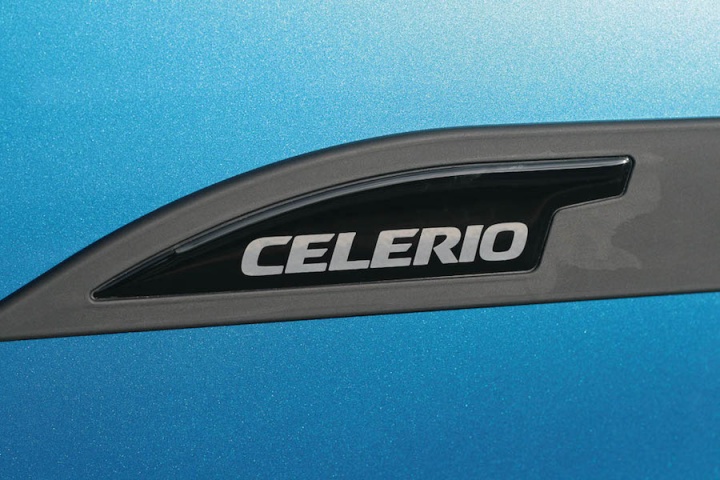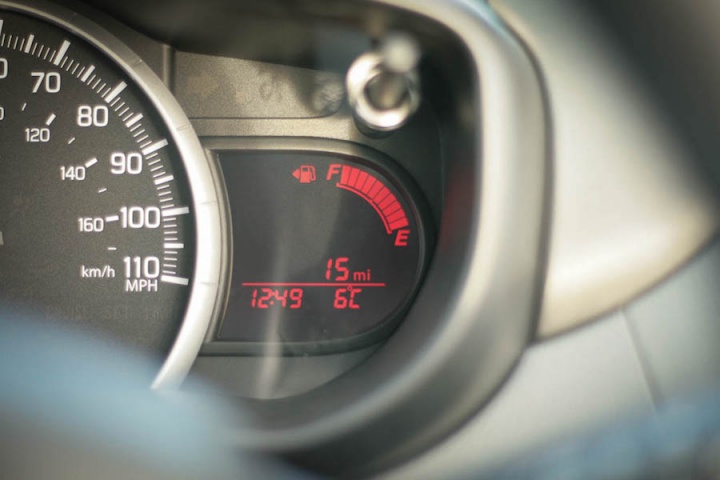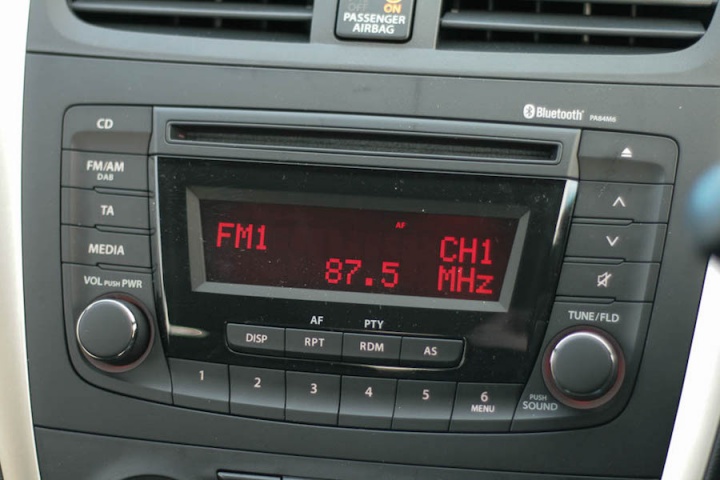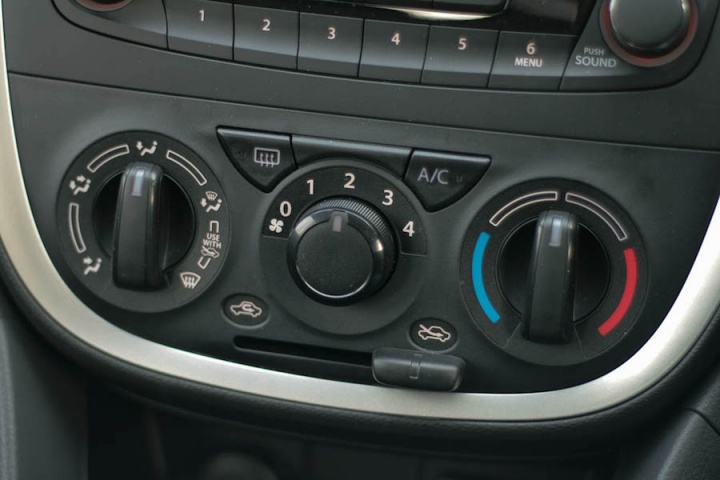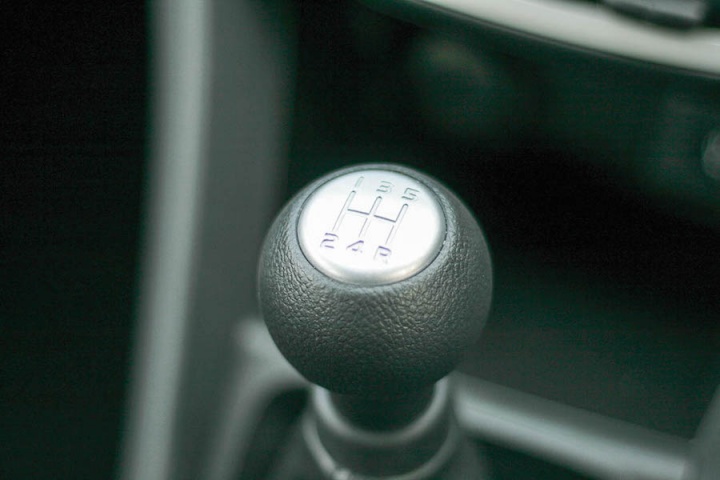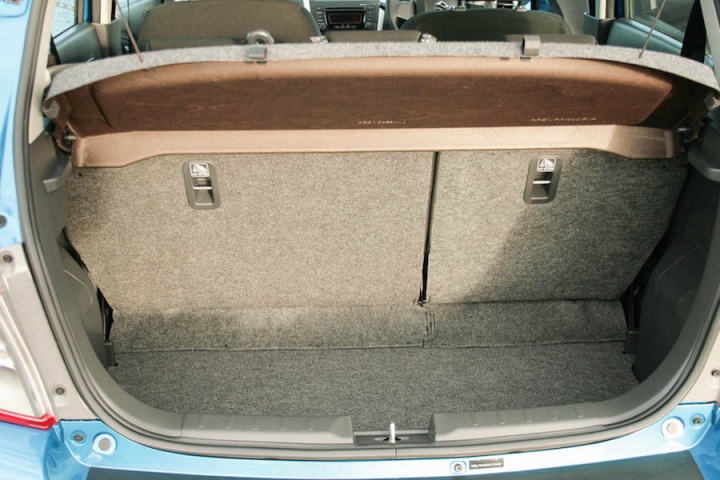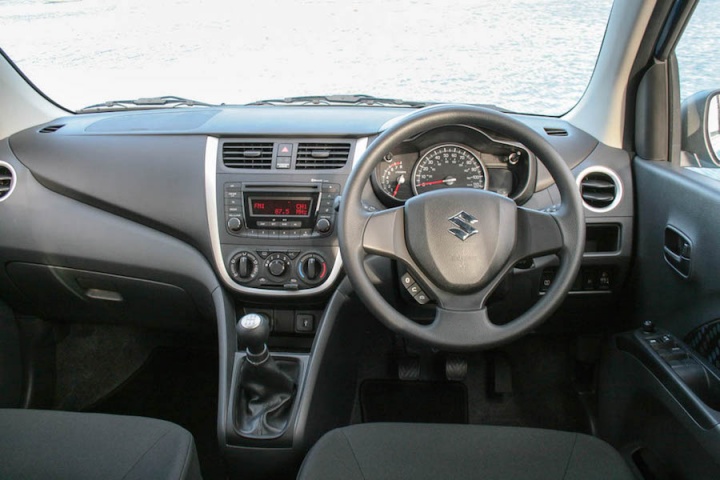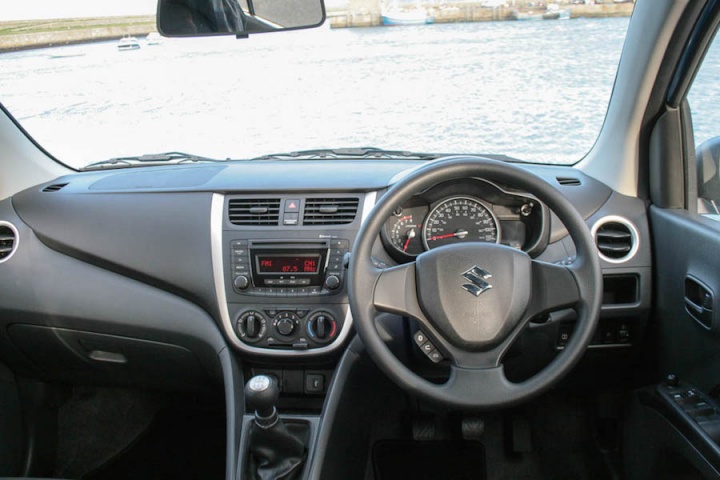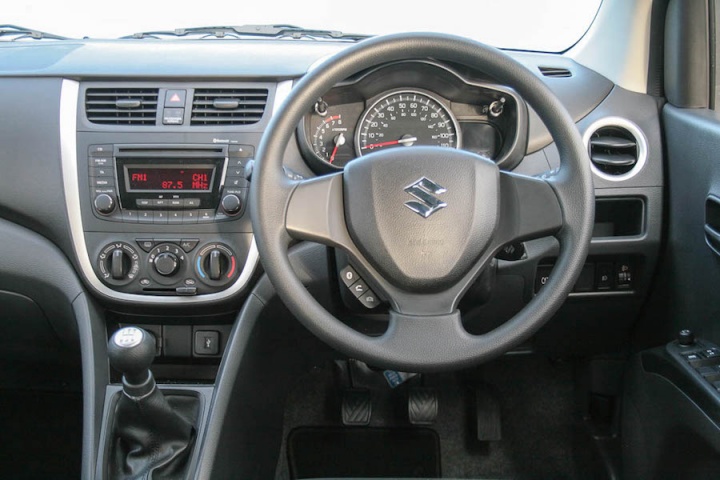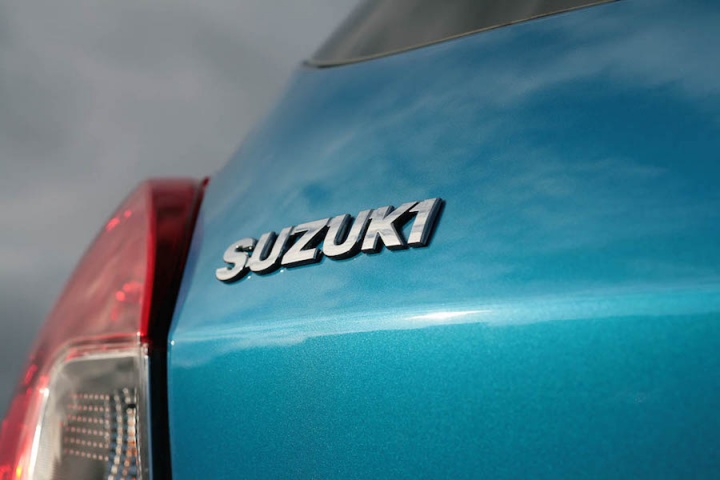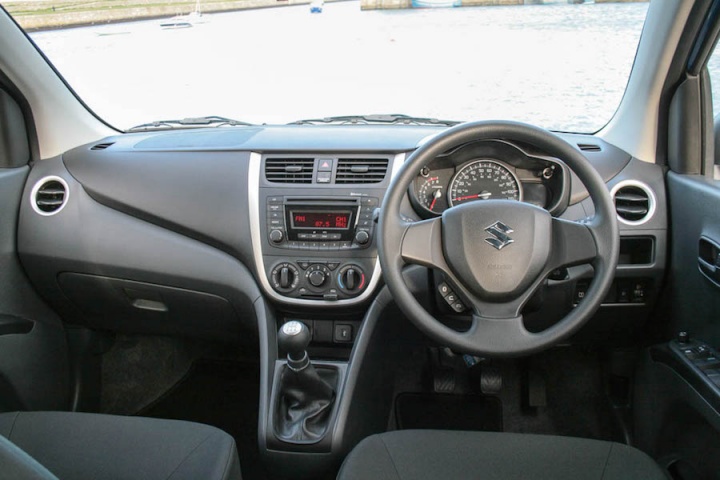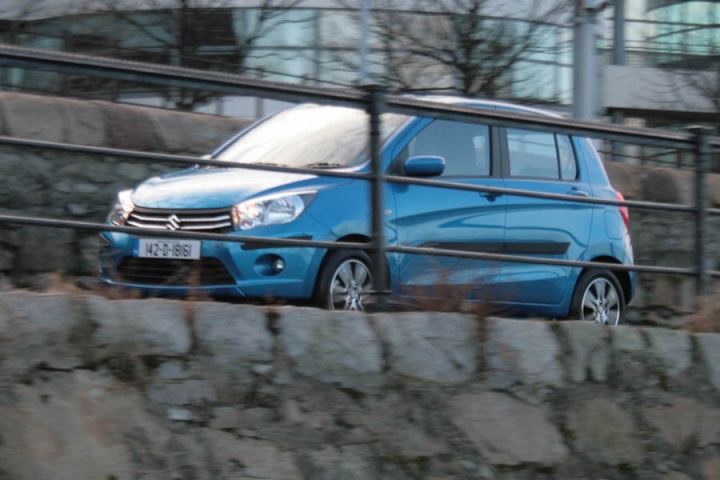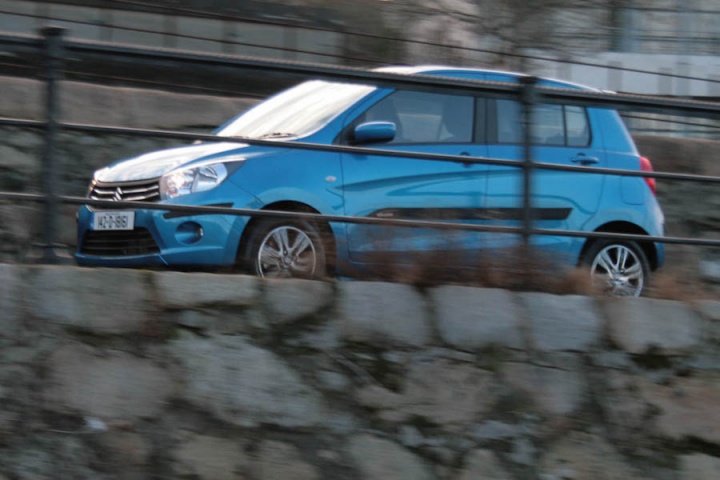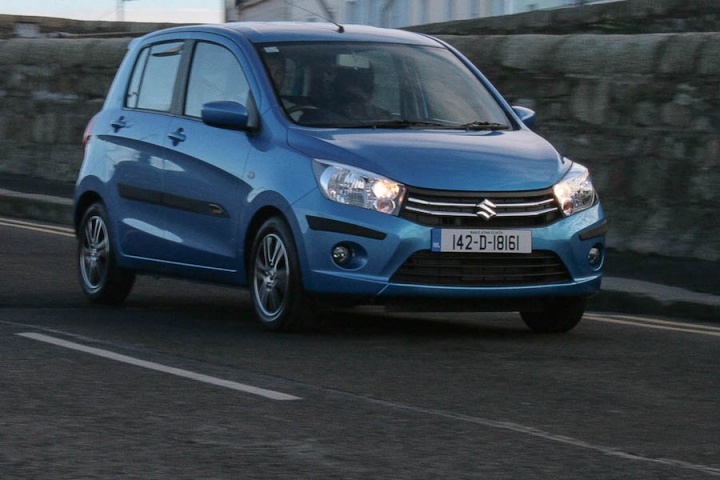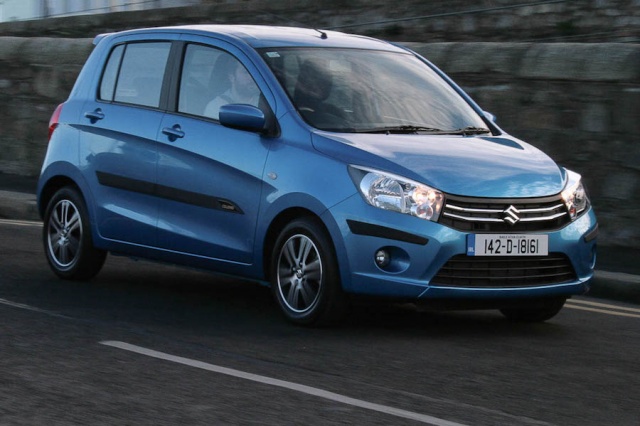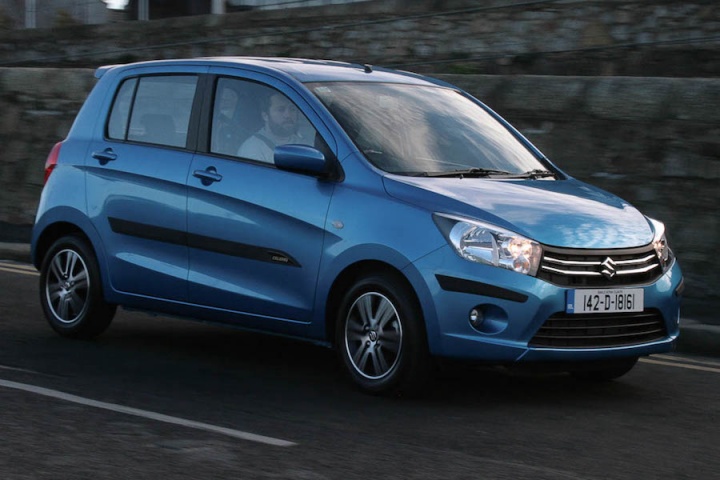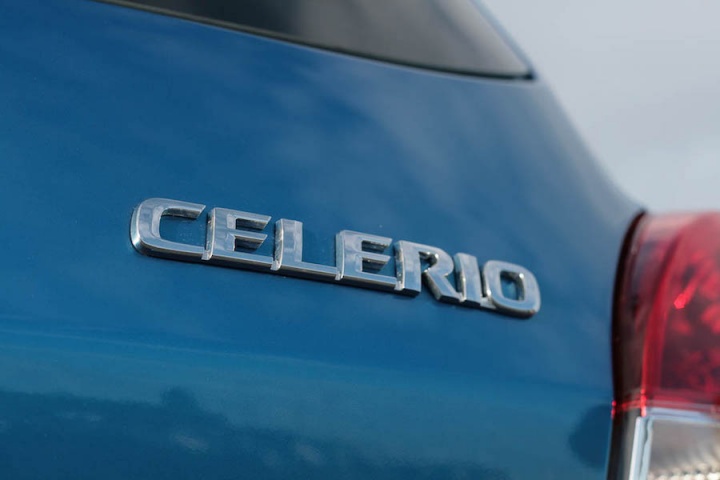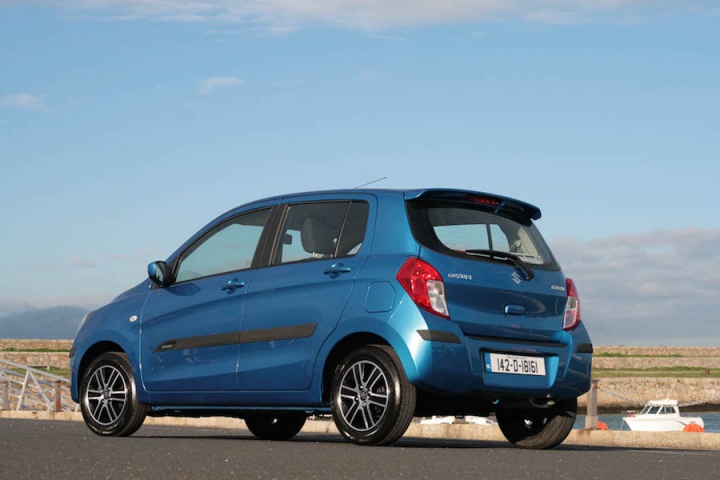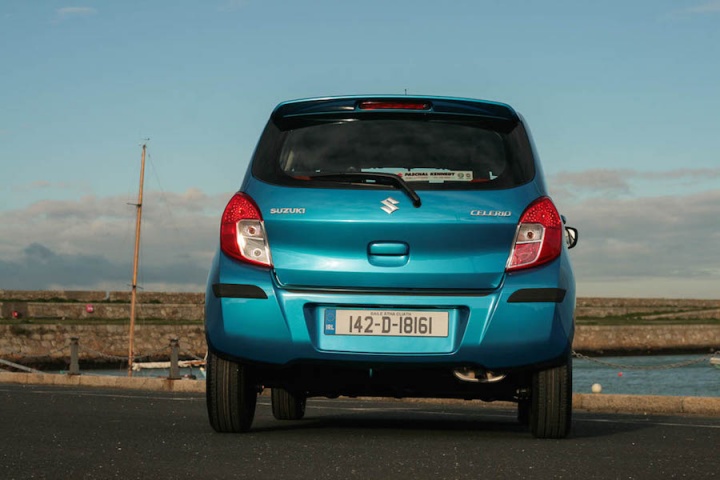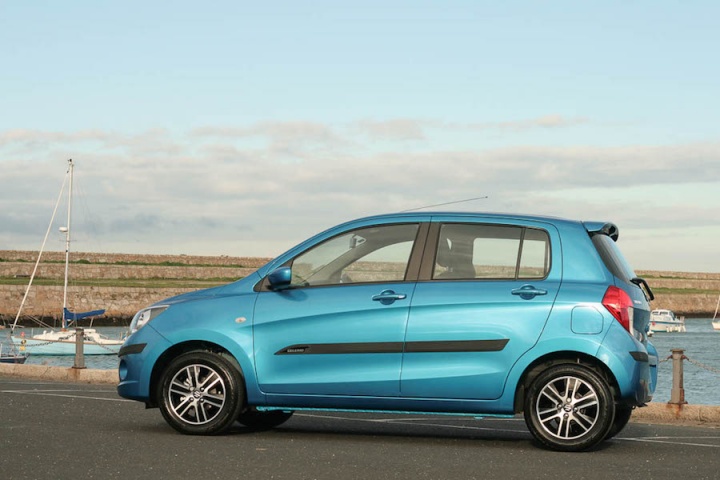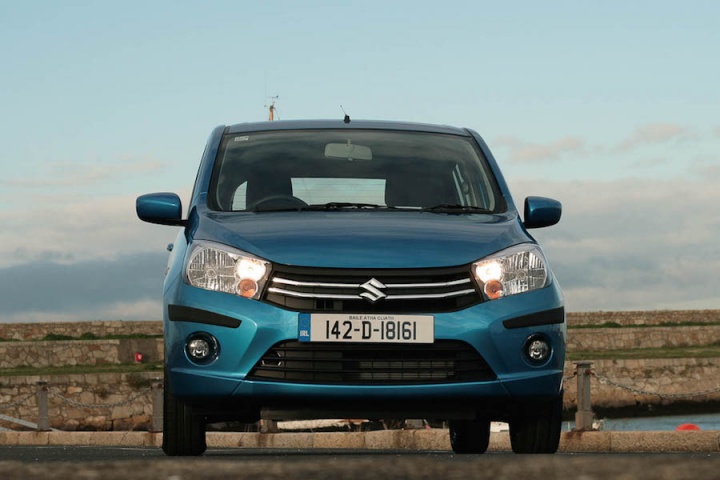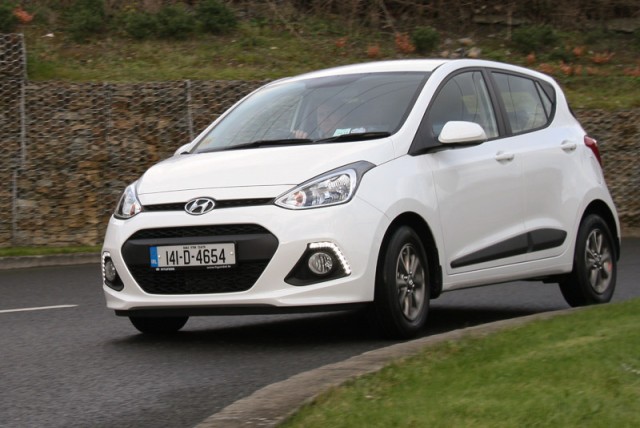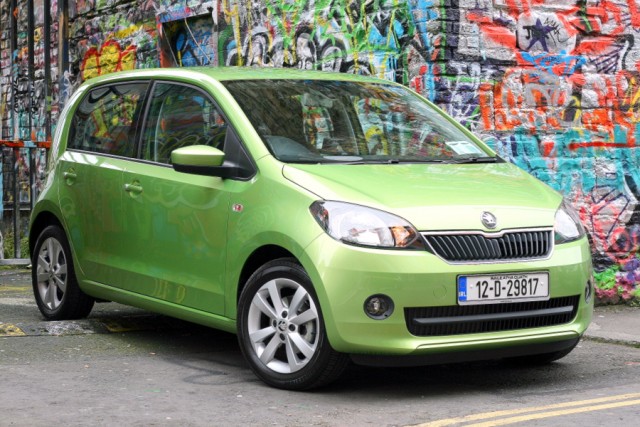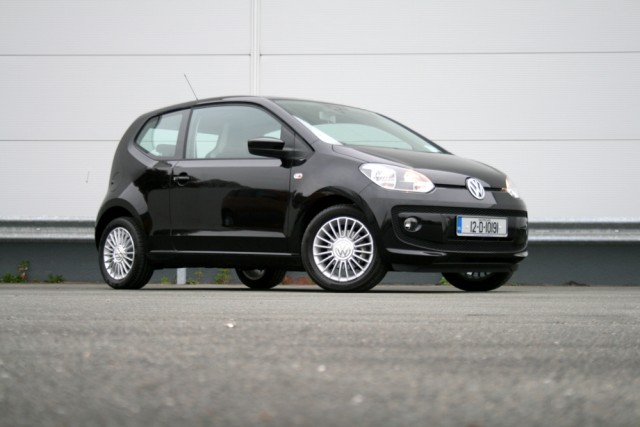Good: spacious, comfortable to drive, frugal
Not so good: a bit bland to look at, interior plastics quite hard
The Suzuki Celerio has had something of a chequered 2015. Released in Ireland late last year to replace both the Alto and Splash the Celerio was enjoying decent success with three-star reviews popping up and orders being placed. Then the car was released in the UK and, after a catastrophic brake failure, all right-hand drive models in Europe were recalled. The issue was traced to an overly sensitive brake pedal release mechanism. It was redesigned and all cars rectified, but had the damage been done? With prospective buyers being hit with talk of brake failure as soon as they begin to research the little Suzuki is it dead in the water?
In short, no. Sure there was an issue, encountered under speed and conditions that are unlikely to be replicated in the real world, but the speed with which Suzuki reacted should put buyers at ease. The very day the disastrous test occurred chief engineers were winging their way to the UK from Japan to rectify the problem and the result is that the Celerio is in a better position now than it was back in November when we first drove the car.
That is not to say there wasn't a moment's trepidation the first time we had to use the brakes on the fixed car, but the Suzuki performed admirably with consistent, positive feel through the middle pedal. Braking issue addressed, what about the rest of the car? Well the Celerio is never going to win any beauty pageants, that's for sure. Tall and thin, it does not possess the kind of proportions that are going to have you salivating over it, but aesthetics were obviously lower on the list for Suzuki than interior space, as it is vast inside for the class. At 254 litres the Celerio has the largest boot in its segment too, though the Hyundai i10 pushes it close, and it can comfortably take four adults with plenty of leg- and headroom to spare. Unlike some rivals the Celerio has three seatbelts across the back so it can take five - at a push. In the A-segment that is something of a rarity and you find yourself forgiving the questionable exterior looks.
Access to the cabin is via doors that can open 90 degrees, a real boon when trying to load children into baby seats, while high-set seats for such a small car lead to a comfortable seating position that provides great visibility through the large windows. These are important considerations for the Celerio's natural metropolitan habitat. Additionally, the snub nose allows you to place the car with confidence, while the truncated rear is almost vertical, so judging where it is when reversing is a doddle. The Celerio also has a fantastically tight turning circle, second only to the rear-wheel drive Renault Twingo, so it is a doddle to manoeuvre in tight spots.
It can be a bit noisy on the move though. At motorway speeds, road and wind noise mean you have to turn up the volume on conversations, and even around town it can be a bit much. But at least the noise distracts you from the cabin's tactility. No arguments regards layout; everything is sensibly placed and labelled, but the plastics used leave a lot to the imagination. They're hard wearing, no doubt, but we thought we had seen the last of scratchy plastics in the 1990s.
Power for the Celerio comes from a 1.0-litre three-cylinder petrol engine that produces 67hp and 90Nm of torque. What the engine lacks in power in makes up for in running costs. Mated to a new five-speed manual transmission (an automated manual is also available) that has been specifically designed with frugality in mind the Celerio is said to be good for 4.3 litres/100km (65.6mpg), a figure we can well believe having lived with it for a week. It is a relaxed engine, without some of the verve normally associated with three-pot engines, but it never seems overawed even when travelling four-up. Soft suspension helps to even out most of the lumps and bumps you encounter around town, and while not the last word in feel, the steering has a quickness to it that suits the urban environment.
Prices for the Suzuki Celerio start from €11,995, which puts it on a par with the much more talented Hyundai i10, but those figures only tell half the story. The standard car features alloy wheels, Bluetooth and air conditioning, but step up to the €12,995 GLX model driven here and you get all the bells and whistles you could hope for in a small car, such as electric rear windows and mirrors, an upgraded stereo system, front fog lights, stability control and a tyre pressure monitoring system. In key rivals from Hyundai, Skoda and Volkswagen you have to spend in excess of €13k to match the Suzuki's spec.

